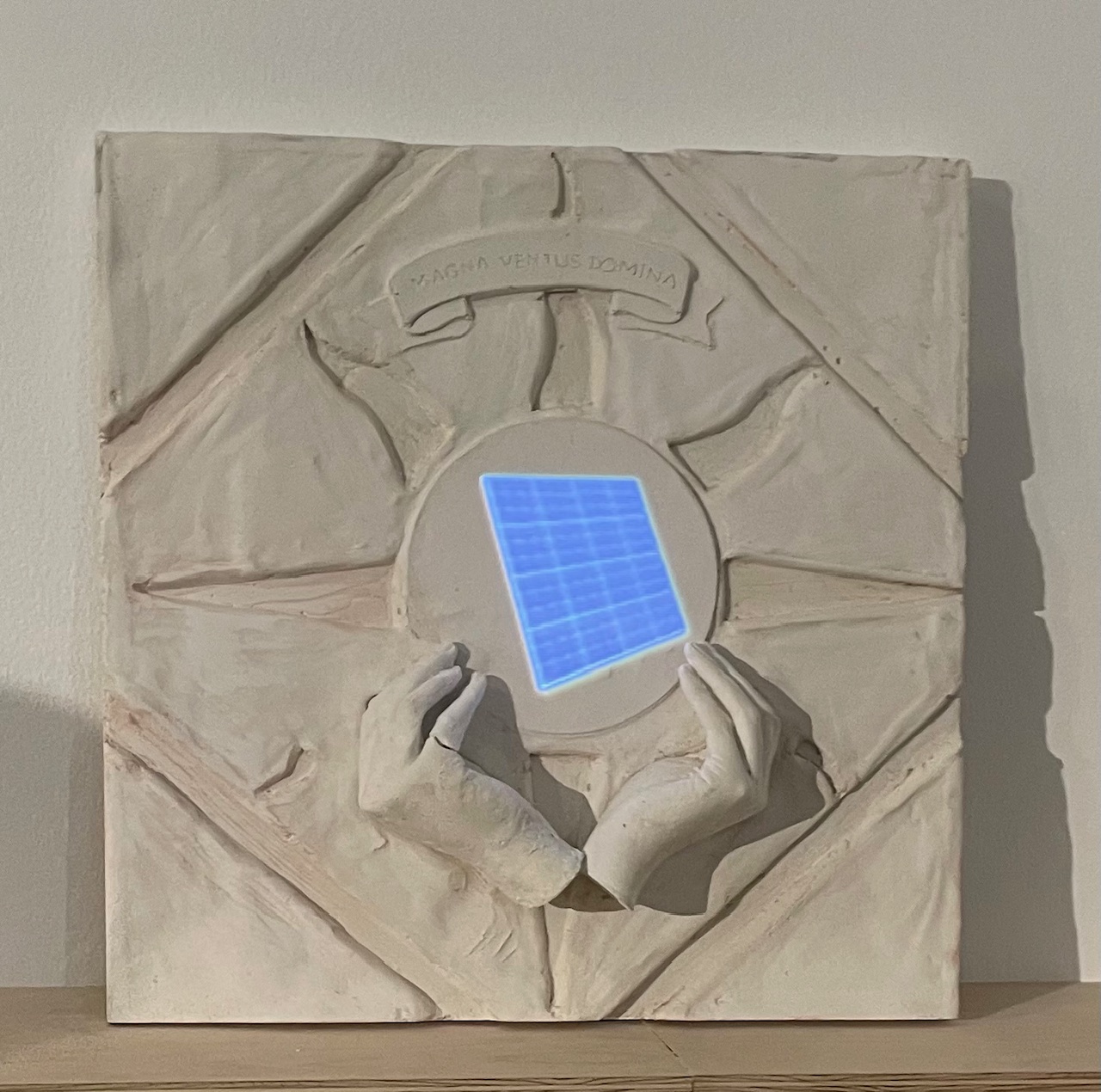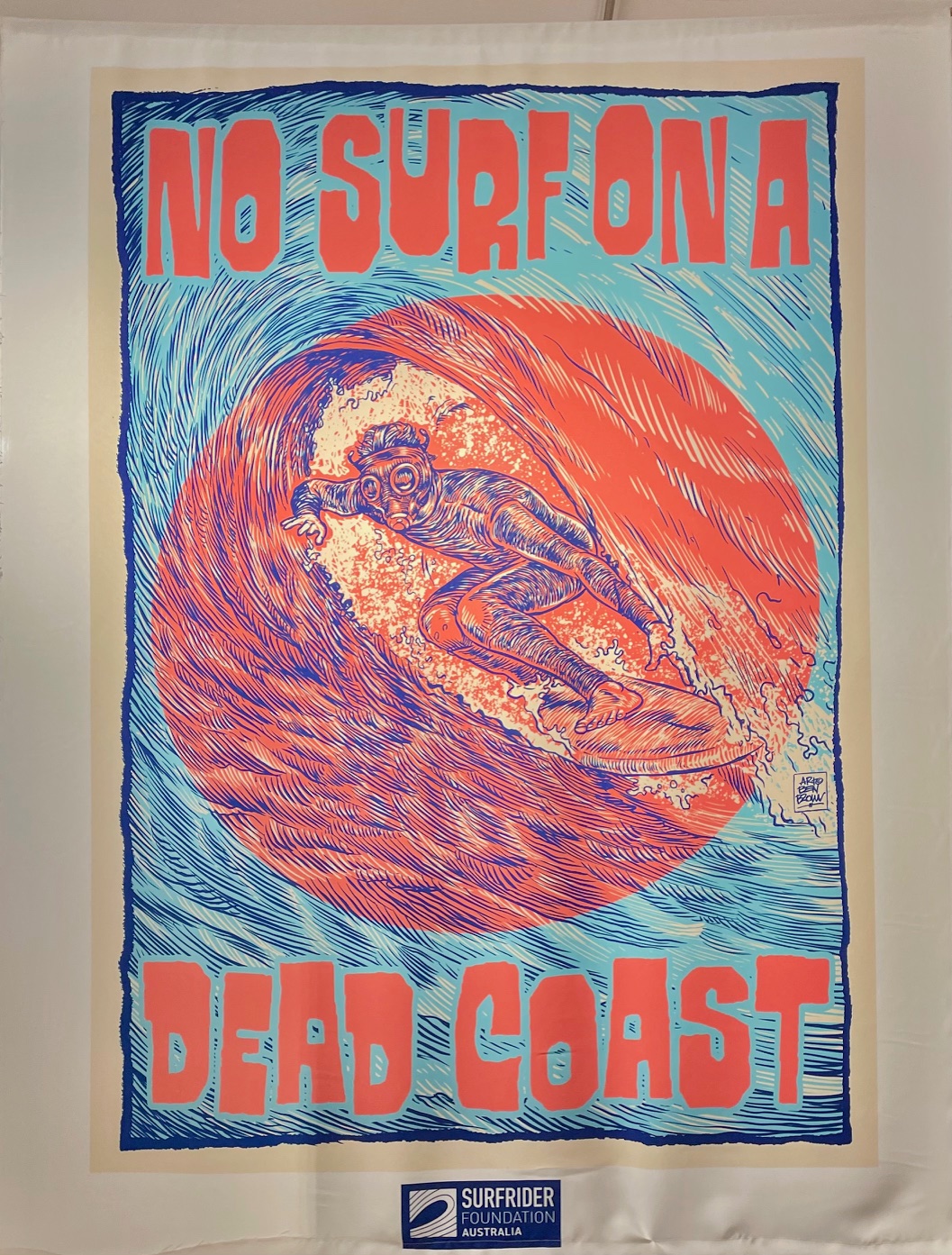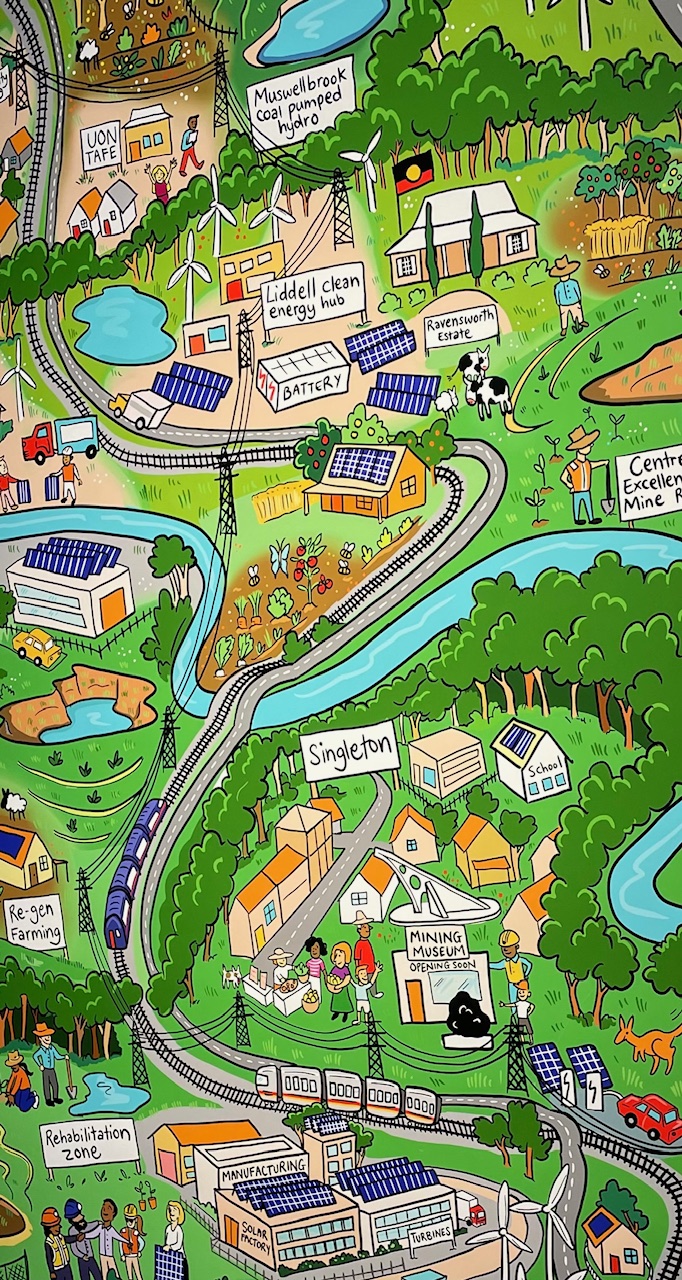
Monumental Imaginaries: Complexity and Contradiction in the Hunter Region
Tin Sheds Gallery, 148 City Rd, Darlington NSW
October 10–November 15
Tuesday to Friday, 10am–4pm
We experience the reality of human-induced climate catastrophes daily, with massive storm cells, floods and droughts decimating communities worldwide.
Slowly, some of the communities that have flourished by delivering the means to fuel this planetary disaster are in the throes of transitioning and reinventing themselves to get off coal and gas.
Muloobinba/Newcastle and the Hunter region in New South Wales are the focus of the Monumental Imaginaries exhibition in the Tin Sheds gallery at the University of Sydney (USyd).
It poses urgent existential questions: how do we transition from the physical, cultural and historical world of coal-fuelled energy?
cathy_p_3.jpg

Curated by Daniel Ryan and Jennifer Ferng from the Sydney Environment Institute at USyd, the works recall pioneers, protesters and those who celebrated the industrial coal age 60 years ago with giant modernist coalfired power stations and mines, and the tight-knit communities they spawned.
Sorted into four themes — Community, Fossil Legacies, Emerging Programs and Counter Monuments — this eclectic collection includes sculpture, photographic, works on paper, poster and video art.
It is a powerful commentary on the magnitude of the transformation that is and will be required for a rapid energy transition.
Merilyn Fairskye’s three wall-sized video projections, “Yesterday New Future (Liddell) 2023” dramatically captures the scale of the gigantic open-cut mines in the Hunter and the legacy of one of the world’s oldest coal-fired power stations, the Liddell Power Station.
The large plinth formed from a mix of concrete and fly ash “Hewing, Shipping. 2024” by Luke Ryan O’Connor, recalls Newcastle’s Jubilee Coal Monument, but carries stark messages about how society manages fly ash, a toxic by-product from burning coal.
This message becomes all the more relevant as we read that there are about 186 million tonnes of fly ash stored in the Hunter region. This toxic cocktail of arsenic, barium, cadmium, nickel and lead, among other chemicals, poses a huge environmental challenge and, if not stored properly or recycled, is a serious threat to ecosystems.
cathy_p_5.jpg

The Surfrider Foundation and Save Our Coast campaign to Stop Pep 11, the proposed gas exploration field from Newcastle to Manly, dates from 2019 and was supported by the work of artist Ben Brown, whose dystopian poster of a fried, gassed, surfer-ghoul emerging from the surf with a giant gas rig in the ocean behind him is one of two impressive Surfrider exhibits.
These, along with Jessica Harwood’s inspiring mapped vision of a coal-free future — “Just Transitions in the Hunter Valley 2023” — show how communities have fought against environmental destruction and are now imagining new ways to reassemble the ruins of the fossil fuel age.
cathy_p_6.jpg

Newcastle Harbour will be the site of the Rising Tide People's Blockade, the latest mass civil climate action protest, which builds on the legacy of the Surfrider “paddle-outs” which were organised up and down the east coast.
Many thousands of climate protesters will join this year’s action in November, paddling out to shut down the world’s largest coal port.
Back in the 1980s, Surfrider led the action to stop the offshore sewerage outflows as shown in the iconic poster “No Surf on a Dead Coast, 2024” that is based on a 1989 Tracks cover by Andrew Kidman of a surfer surfing in a gas mask.
A vital component of the region’s evolving shift to new, clean economies is the Hunter Innovation Precinct that is represented by design drawings for one of the new centres by Collins and Turner Architects, “Donald Horne Building. Muswellbrook, NSW 2023”, a building that will include prototyping, fabrication and teaching spaces and an innovation hub.
This represents a microcosm of what is happening, albeit far too slowly, throughout many of Australia’s coal-based communities.
Monumental Imaginaries captures both the monumental change that is needed and glimpses imagined and real futures.